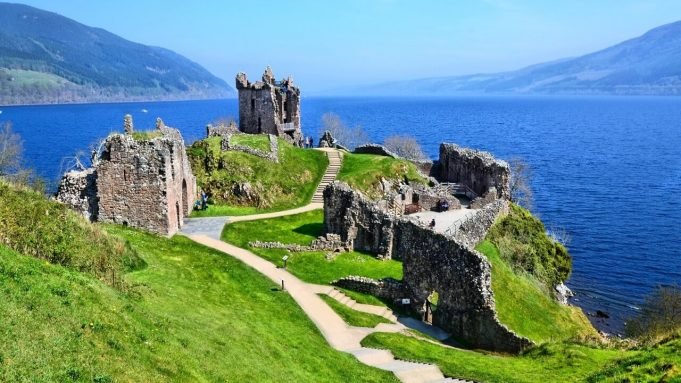Thanks to its breathtaking scenery, rich history, and vibrant culture, Ireland has long been a sought-after destination for travelers worldwide. As you plan your trip to this enthralling island, one important question arises: When is the ideal time to visit Ireland?
Several variables, including weather, activities, and personal preferences, will determine the answer. Let’s look at the different seasons and what they offer so you can make an informed selection.
If you need to find out more about the best time to travel to Ireland, you can visit the site.
Understanding Ireland’s Climate and Weather Patterns
Before getting into the ideal seasons to visit, it’s important to understand Ireland’s distinct climate. The weather here is frequently unpredictable due to its temperate coastal climate, yet it rarely encounters high temperatures. When compared to other regions at similar latitudes, the Gulf Stream’s effect ensures warmer winters and cooler summers. Rainfall is a year-round companion, giving Ireland its lush greenery.
Spring: March to May
Spring is an excellent time to witness the regeneration of Ireland’s landscapes. The countryside comes alive with vivid colors as the vegetation emerges from its winter hibernation. The weather steadily improves, and the number of daylight hours increases, allowing you plenty of time to explore. The renowned St. Patrick’s Day celebrations occur in March and are to be noticed. However, be prepared for periodic rain showers and throngs on this famous holiday.
Summer: June to August
Summer is unquestionably Ireland’s busiest tourist season. With warmer temperatures and longer days, this is an ideal season to explore the countryside, trek along coastal cliffs, and attend outdoor festivals and cultural activities. The schedule is jam-packed with intriguing events, ranging from the Galway Arts Festival to the Puck Fair in County Kerry. However, remember that increased popularity means more crowds and higher lodging rates.
Autumn: September to November
Autumn is a hidden treasure for people looking for a more peaceful experience. The warm weather continues, and as the leaves change color, the landscapes become magnificent red, gold, and orange canvas. Traditional feasts and harvest festivals provide insight into Irish culture. Because there are fewer tourists, you can explore at your leisure. However, periodic rain and unpredictable weather changes may require some flexibility.
Winter: December to February
Winter has a distinct charm for those who prefer a quieter experience. While the days are shorter and the weather might be frigid, Ireland’s cities come alive with seasonal lights and genuine hospitality. Lower hotel and travel costs make it an appealing time for budget-conscious vacationers. Just be prepared for adverse weather to disrupt your trip plans.
Special Considerations
The climate of Ireland varies by region. The west coast, exposed to the Atlantic, experiences more rainfall, but the east coast is quite dry. Layers, waterproof clothing, and versatile footwear are required when packing for Ireland’s weather. To negotiate the unpredictable weather, include a mix of inside and outdoor activities in your plan.
In Conclusion
Ireland’s timeless attractiveness and rich cultural tapestry make it a year-round destination. You may build a memorable experience that captures the heart and soul of this wonderful island by aligning your travel arrangements with your interests and preferences. So, your Irish adventure will surely be remarkable whether you find yourself amid spring blossoms or winter mist.
















[…] Read More: When is the Best Time to Travel to Ireland […]
[…] this post, I’ll share the worst times to visit Ireland and the best times to visit Ireland. So, If you want to know, keep […]
Comments are closed.